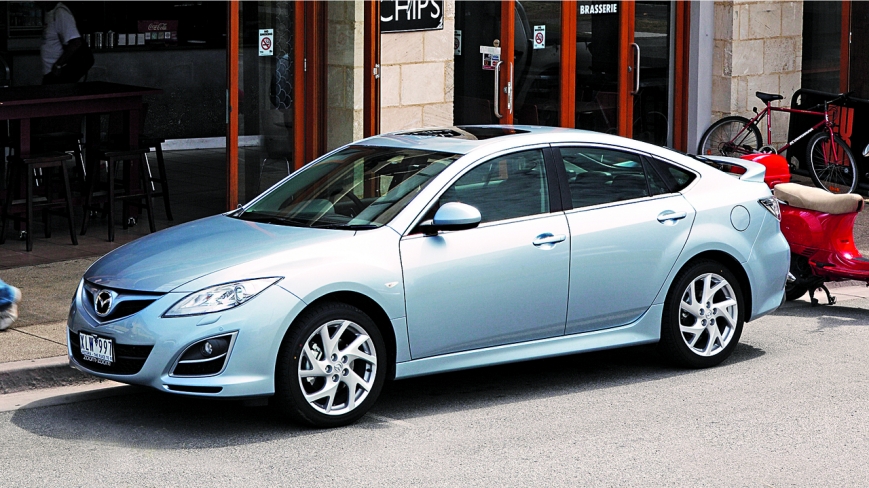There can’t be many devices that are as technically advanced, or built to finer tolerances, than the diesel motors coming out of Europe. They are remarkable.
The key to smooth running is breaking the fuel into the smallest droplets possible, and it’s done by increasing the injection pressure at the cylinder. Fuel enters the cylinders of modern European diesels at 2050 Bar. How much is that? Were you to balance a Land Cruiser on a single stiletto heel, you’d be about there.
And they’re made to run more quietly by a pilot burn, injecting a tiny amount of fuel – about enough to sit on a pin head – to start the burn before the main injection of fuel follows a millisecond or two later. A jet travelling at 1000 km/h would cover 25 centimetres in the time between the pilot burn and main burn.
Getting all this to happen a couple of thousand times a minute takes incredibly fine timing and production tolerances. Fuel channels entering the cylinder are a micron wide. Human hair is anything from 20 to 60 microns thick.
It also takes the right fuel. We didn’t get the good European diesel motors here until 2005. Until then our diesel fuel carried too much sulphur for them. The Americans were a couple of years behind us.
Until lately, Japanese diesel motors have been the almost-exclusive province of 4WD and commercial vehicles but, to sell cars in serious volumes into Europe, Japanese manufacturers have to produce diesels that not only comply with Euro emission regulations but are also competitive.
They’re getting there, but there is still refinement to achieve. Mazda is now making a push into the technology in passenger cars and SUVs.
The 2.2-litre diesel in the Mazda 6 is a bit noisier and not quite as smooth as those coming out of Europe, but it’s every bit as economical and that’s probably enough for the bulk of buyers. If you can live with a little extra clatter as the car idles, and deeper, growlier induction noise when you accelerate, this car is a definite proposition, even at a premium of about $3000 on the equivalent petrol model.
The Mazda 6 is such a good thing anyway that getting the bonus of brilliant economy becomes very attractive. It looks good, drives beautifully and has generous cabin space, and it’s a pretty good deal.
Why not have it all?
MAZDA 6 DIESEL
What is it?
A great car with great economy.
What’s in it?
A 129-kilowatt 2.2-litre turbo diesel with a six-speed auto.
Is it thirsty?
I used 7.8 litres per 100 kilometres in the city, 5.6 in the country. The official combined figure is 5.4.
THUMBS UP
Fuel economy, build quality and dynamics.
THUMBS DOWN
Temporary spare tyre, the auto start/stop is harsh, shallow boot space.
reasdown@theweeklyreview.com.au








